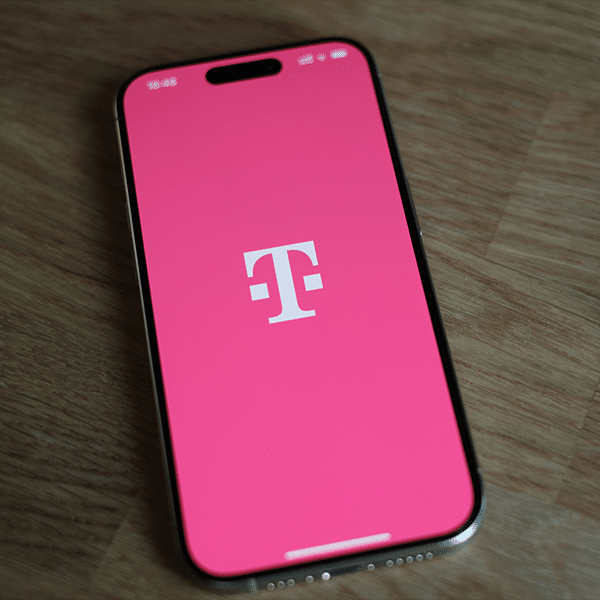 Sprint said today that it has demonstrated mobile broadband speeds of more than 300 Mbps using Sprint carrier aggregation technology on a Samsung Galaxy S7 smartphone, using three-channel carrier aggregation. Carrier aggregation enables network operators to combine multiple swaths of spectrum together to create a single wider band capable of supporting higher speeds – and it’s a technology of intense focus for Sprint, which has substantial spectrum holdings that it wants to maximize.
Sprint said today that it has demonstrated mobile broadband speeds of more than 300 Mbps using Sprint carrier aggregation technology on a Samsung Galaxy S7 smartphone, using three-channel carrier aggregation. Carrier aggregation enables network operators to combine multiple swaths of spectrum together to create a single wider band capable of supporting higher speeds – and it’s a technology of intense focus for Sprint, which has substantial spectrum holdings that it wants to maximize.
Sprint carrier aggregation plans are focused on the 2.5 GHz band, where the company holds considerable spectrum. Sprint already has deployed two-channel carrier aggregation at 2.5 GHz in 150 markets, thereby offering speeds of more than 100 Mbps under the brand name LTE Plus.
Three-channel carrier aggregation would be the logical next LTE Plus upgrade, Sprint notes in a video about the technology — although a Sprint spokeswoman said the company has not yet announced a deployment timeframe for the technology.
[youtube]https://youtu.be/cUD3C628M_Q[/youtube]
According to Sprint’s press release, the three-channel option is expected to support real-world peak speeds of more than 200 Mbps. The Sprint spokeswoman confirmed that the company does not charge extra for LTE Plus service.
Sprint Carrier Aggregation
In Sprint’s current deployment, two-channel carrier aggregation uses a total of 40 MHz of spectrum. Three-channel carrier aggregation would add another 20 MHz. Moving forward, the company has a lot of headroom, according to a press release, which notes that the company holds more than 160 MHz of 2.5 GHz spectrum in the top 100 U.S. markets.
“We have more capacity than any other carrier in the U.S.,” said Sprint CTO Dr. John Saw, in today’s press release. “This is a tremendous advantage, allowing us to keep adding the capacity and speed needed to serve our customers’ demand for data now and well into the future.”
Sprint COO of Technology Gunther Ottendorfer is similarly enthusiastic in the video about the three-carrier aggregation demo. “You ain’t seen nothing yet,” he says.
How Important is Speed?
The last few years have been difficult for Sprint, which has lost market share as a result of network performance issues. Developments such as LTE Plus should eventually help turn the company around. A key question for the moment, however, is what level of demand exists for higher-speed service. According to at least one telecom executive, end users are largely satisfied with the speeds they get today.
“[S]peed hasn’t been a successful marketing” approach, said AT&T Senior Executive Vice President of Technology & Operations John Donovan about the wireless market at a recent financial conference.
If there has been one certainty in the telecom market in recent years, however, it is customers’ never-ending demand for greater speeds. So while regular 4G speeds may be enough for most consumers today, that’s likely to change in the future. And Sprint could be well positioned whenever that occurs.
It’s worth noting that Sprint hasn’t been talking as much about 5G as some other network operators – perhaps because carrier aggregation could go a long way in bridging the gap between 4G and 5G.


